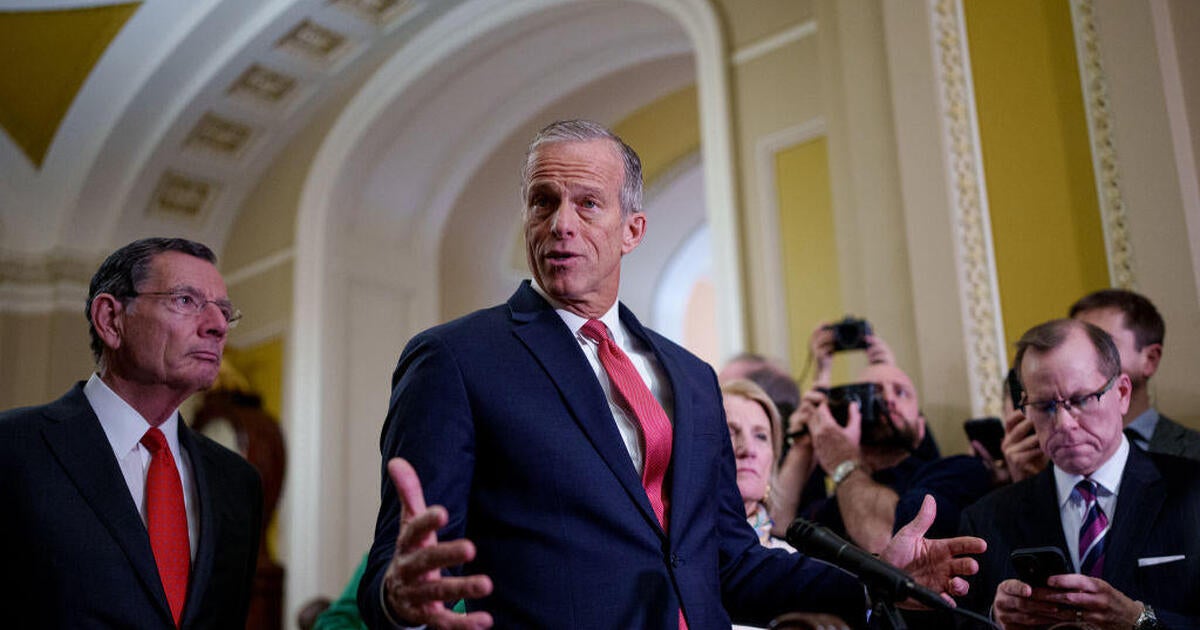We may receive commissions from some links to products on this page. Promotions are subject to availability and retailer terms.

Getty Images
If you came into 2025 feeling the strain of debt, you weren’t alone. By the end of 2024, consumers carried a record $18.4 trillion in debt, according to the Federal Reserve Bank of New York.
Credit cards were responsible for $1.2 trillion of debt, up from the $1.17 trillion owed in the third quarter of 2024. Overall, consumer credit card debt was even more sobering when you consider that the average card interest rate near the end of last year was close to 23%.
The prognosis for that debt doesn’t look any better next month, either, as multiple factors will make it even more difficult for you to pay down what you owe. With this in mind, taking control of your debt is critical, and this March may be the perfect time to do it, even if your debt holds steady instead of increasing, says Tyler Gray, managing director of SageOak Financial, a financial advisory firm.
“In the long term … ‘the borrower is a slave to the lender,’ as the old proverb goes,” Gray says. “So, if consumers think, ‘I can just delay paying off my consumer debt until later,’ they should be cautious. Sometimes, today is better than tomorrow, and economic conditions can change in an instant.”
Looking for a solution for your debt? See how debt relief can help you now.
Why you should consider debt relief this March
Here are three timely reasons why you should strongly consider pursuing debt relief this March:
Interest rate cuts are paused (and will remain so in March)
The Federal Reserve typically meets often throughout the year to decide (among other things) interest rate adjustments. If the Fed raises interest rates or keeps them the same, there’s a good chance you won’t get any relief from your debt’s interest rates. Credit cards and HELOCs, for example, often have variable interest rates that rise and fall based on many factors, including decisions about the Fed’s benchmark rate.
As we look to the Fed’s March meeting, economic experts and the Fed itself have indicated that there will likely be no changes to the Fed’s benchmark rate. That’s not great news for your debt. Any accounts you have with variable interest rates will likely keep your interest rate steady instead of lowering it (though other factors are involved beyond the Fed rate), which means it will be difficult for you to make improvements in your debt situation. Taking action to start a debt relief plan will empower you, then, even as interest rates remain the same or rise.
Learn how to take control of your debt now.
Your debt is growing thanks to rising inflation
The Bureau of Labor Statistics reported in early February that inflation rose in January, which means the overall cost of goods and services you buy increased. As prices on everyday items such as groceries and gas rise, it will become more difficult for you to pay your bills, let alone make any progress on your debt.
Inflation’s recent rise and the likelihood that rates will stay the same indicates that this March will bring increased debt to consumers across the country.
Debt relief can help you combat inflation by laying out a plan to repay your debt and free up money in your budget to cover the rising cost of necessities.
“Almost any plan is better than no plan,” says Bobbi Rebell, a CFP and personal finance expert at CardRates.com. “Take a hard look at all of your debt, and the interest rates you are paying. Go through each one and see if there are options either for debt relief or to move that debt to something that allows you better terms like a lower interest rate or a more forgiving payment schedule so you can get back on track.”
You have tax debt to deal with, too
With tax season well underway, some consumers fear they may owe money that will inevitably add to their debt.
As consumers stare down a trying tax season, Logan Allec, a CPA and owner of tax relief company Choice Tax Relief, says facing your debt head-on is the best approach.
“The main thing is to not bury your head in the sand,” Allec says. “In terms of prioritizing debt, I’d say that you should probably prioritize your tax debt since — unlike most other creditors — the IRS can garnish your wages and levy your bank account without needing a court order.”
If you’re facing a tax bill that you can’t pay, you don’t want to compound the issue by also having to deal with your other, non-tax debt. A debt relief strategy can help you gain control over the debt you owe and provide a clearer path to financial freedom, allowing you to focus on your tax debt next.
The bottom line
Between stagnant interest rates, rising inflation and imminent tax bills, this March is shaping up to be a difficult month if you’re dealing with debt you can’t seem to pay down. With that in mind, it could be the right time for you to start a debt relief program that can help you gain control of your debt, reduce the amount of interest you’ll pay over time, and help you build a brighter financial future.
J.R. Duren is a content marketing writer for CBS MoneyWatch’s Managing Your Money team.










